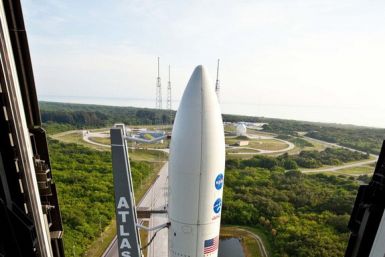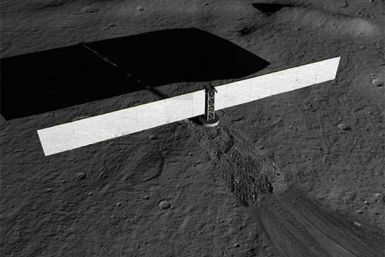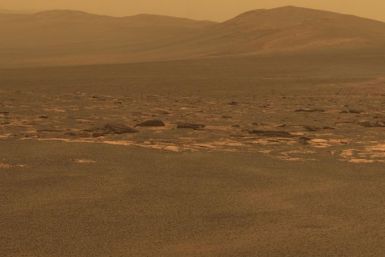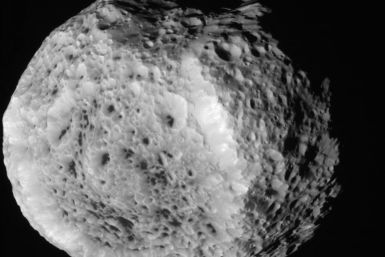NASA's Lunar Reconnaissance Orbiter (LRO) captured the sharpest images ever taken from space of the Apollo 12, 14 and 17 landing sites. The pictures show the tacks and debris left by astronauts and their lunar rovers on the moon's surface in the 1960's and 1970's.
GRAIL mission spacecraft set to be launched from Florida’s Cape Canaveral Air Force Station.
A NASA spacecraft has snapped some of the sharpest ever images released of the surface of the moon, showing even the tire paths left by astronauts Alan Shepard and Edgar Mitchell on both Apollo 14 moon walks decades ago.
NASA shows off new images of the Apollo missions from its Lunar Reconnaissance Orbiter spacecraft.
NASA will look to discover how the moon was formed and how it has evolved.
NASA is gearing up for Thursday’s launch of its twin lunar orbiters that will map the moon's gravity in unparalleled detail. The twin lunar probes, Graili-A and Graili-B, are scheduled to lift-off Thursday, Sept. 8 between 5:37 AM and 6:16 AM (Arizona time) from Cape Canaveral, Florida.
Dominos Pizza is planning to expand its fast food chain in a huge way by building a pizza restaurant on the moon.
The moon has fascinated mankind for centuries and has been studied by humans for hundreds of years, but Earth's natural satellite is still shrouded in many mysteries.
The new movie Apollo 18 about a cover up of a failed mission to the moon is not real, says NASA.
Pizza restaurants typically offer delivery options, but the Japanese branch of Domino's pizza plans on taking their customer service to new heights ... by building a store on the Moon.
The Japanese branch of Domino's, which announced opening a new branch on the moon, has made many claims on its Web site dedicated to the new venture. However, when it comes to finding the base for its pizza joint on Earth's only known natural satellite, it has nothing major which can back the announcement as a proper business plan.
The pizza company revealed plans to build a take-out restaurant on the surface of the moon.
On its way to probe Jupiter, NASA's Juno spacecraft took the time to capture its home planet Earth and its moon looking like tiny white dots. JunoCam, the name given to the spacecraft's camera, took the image on Aug. 26 when the spacecraft was about 6 million miles (9.66 million kilometers) away from Earth.
A Chinese tax on moon cakes is not likely to spark an uprising of the sort that earned the Boston Tea Party its place in history, but the move has left a bad taste in the mouth ahead of the Mid-Autumn Festival.
Man has already been jettisoned into outer space and taken a jaunt across the moon, but a new report finds that being able to launch human missions to asteroids might aid in the thwarting of potentially devastating asteroid strikes, Space.com reported.
Nuclear energy could find a second life on the moon and Mars.
NASA has developed a suitcase-sized fission nuclear reactor capable of generating 40-kilowatt electricity in space. Designed to work on the fission nuclear technology, this nuclear reactor will prove to be a reliable power source not only on Earth, but on the moon and the Martian surface claim the scientists.
Scientists are working on compact nuclear power plants based on fission power technology for settlements on the Moon and Mars.
A compact, suitcase-size nuclear power plant could one day generate electricity for manned or unmanned bases on the moon, Mars, or other planets, a U.S. research team says.
NASA's Cassini spacecraft has captured new raw images of Saturn's oddly shaped moon, Hyperion, during its second closest encounter with the cratered body on Aug. 25, 2011.
As Hurricane Irene headed for the U.S. East Coast Thursday night, authorities prepared for the worst and scientists said tides and ocean temperatures were increasing its destructive power.
Gathering strength as she morphs into a major Category 4 storm, Hurricane Irene continues her assault threat on the East Coast. But even she can't slow preparations for NASA's upcoming launches from Florida's Space Coast, including a moon-studying mission slated to start Sept. 8, the space agency said.










































